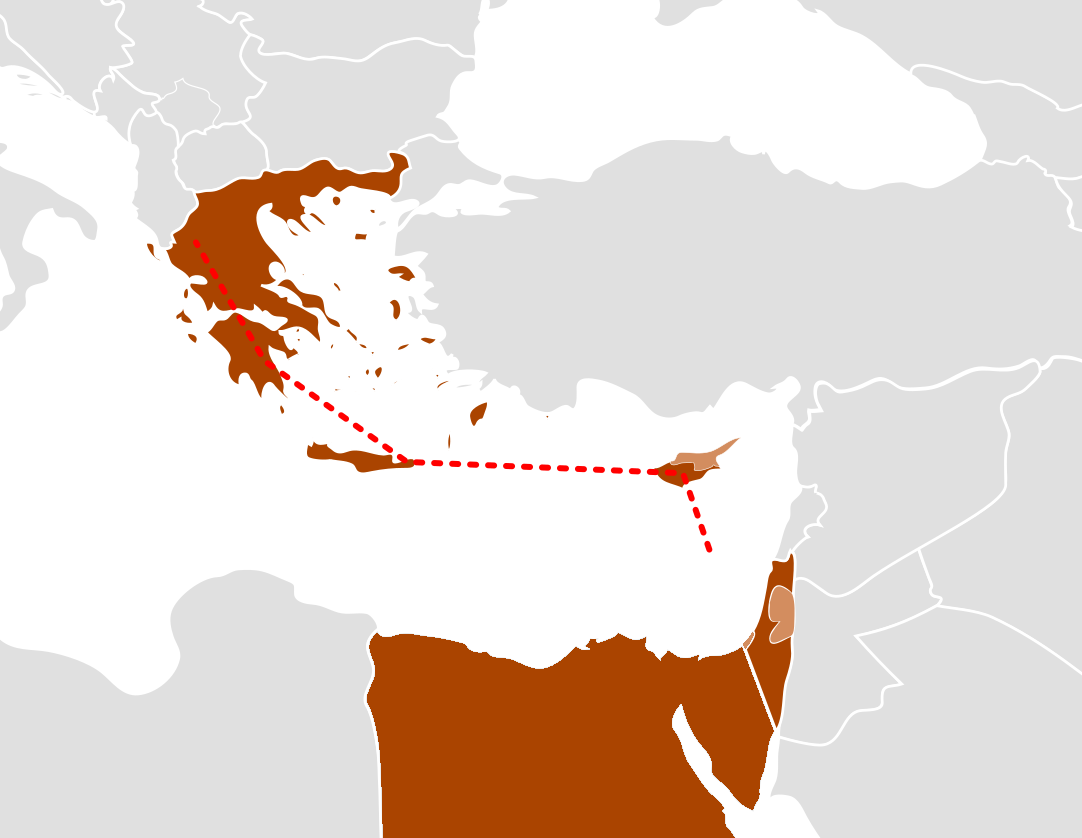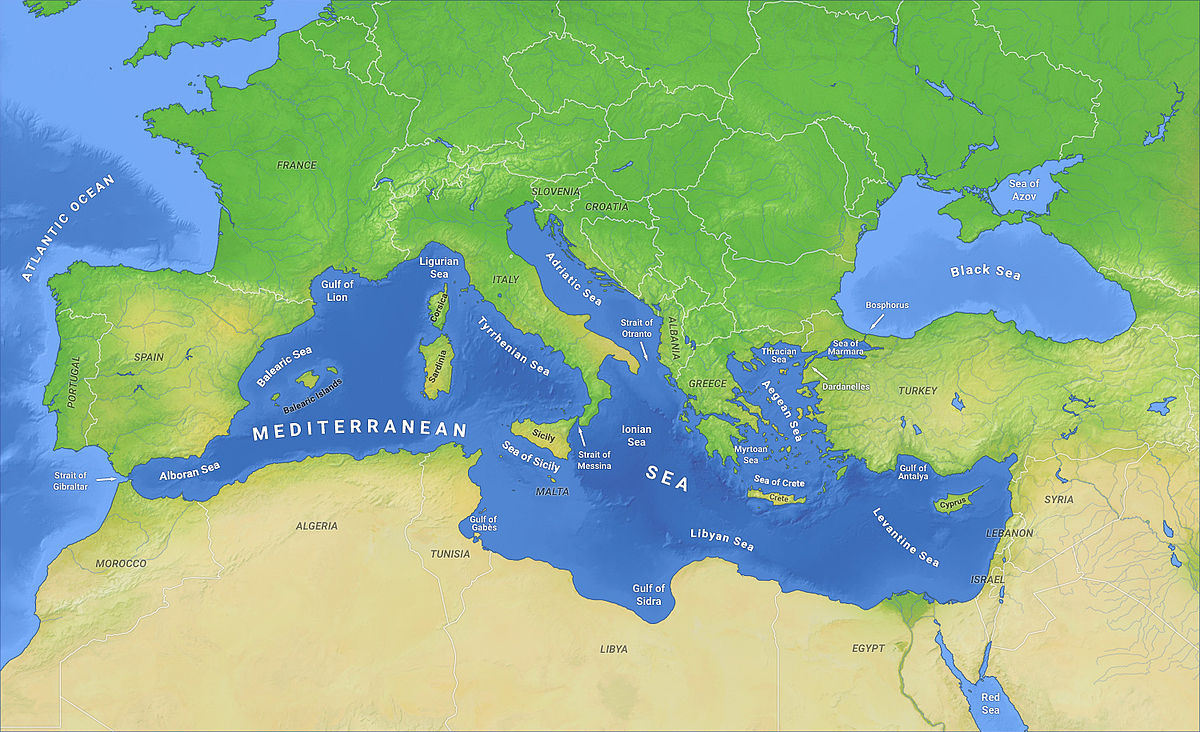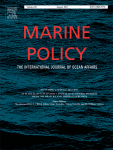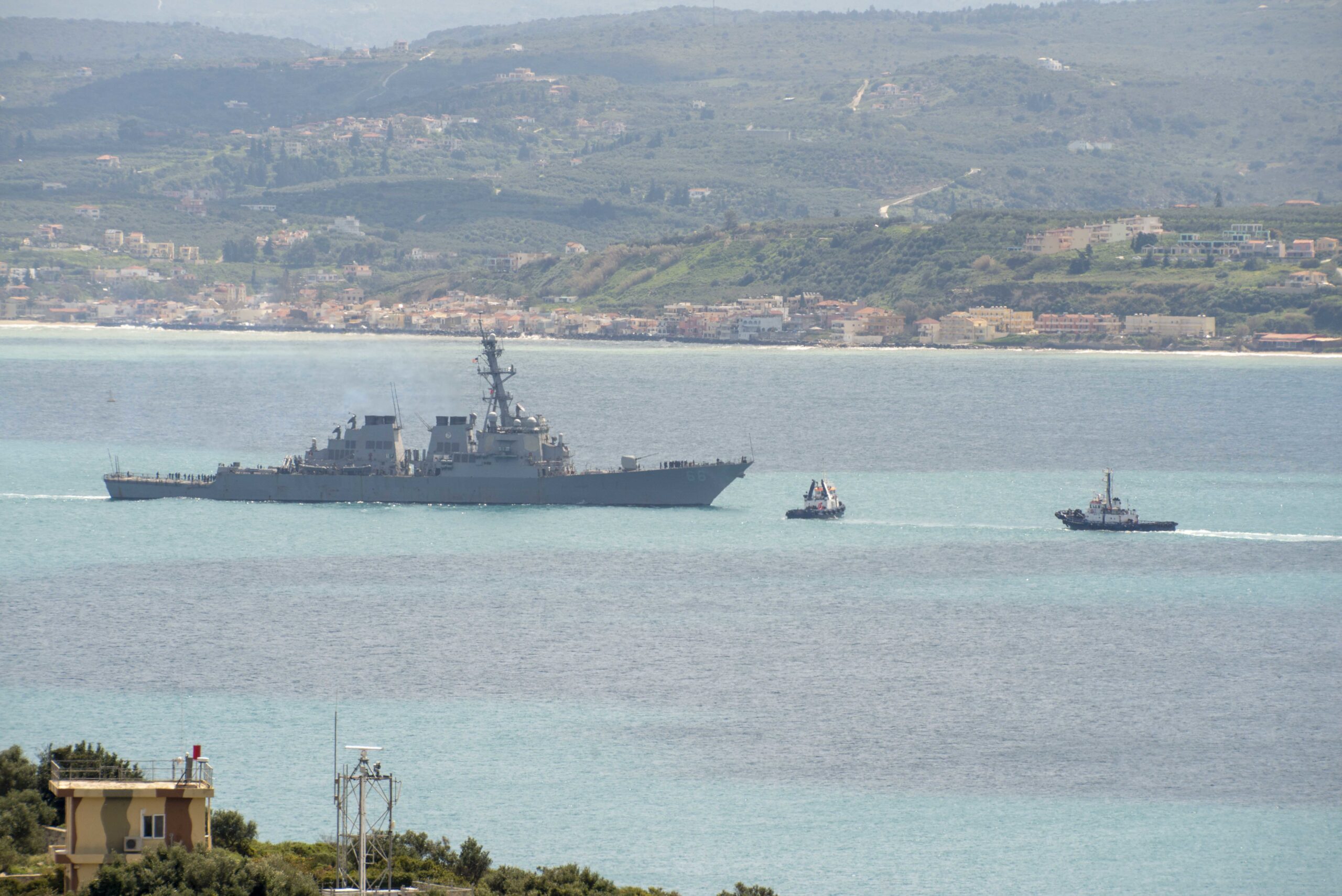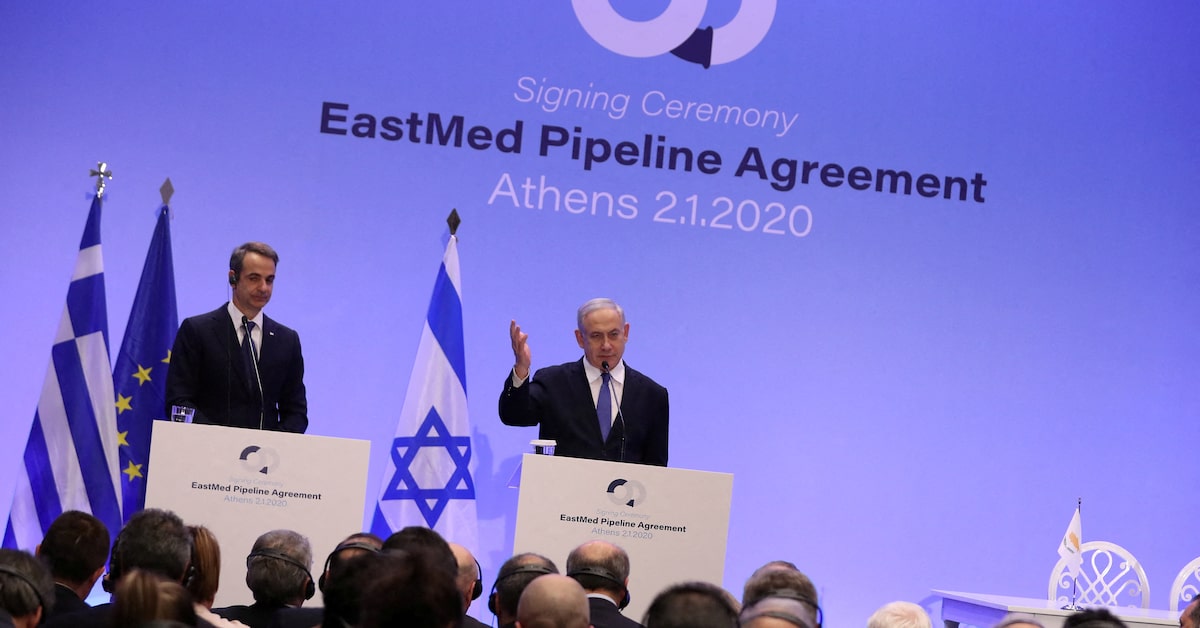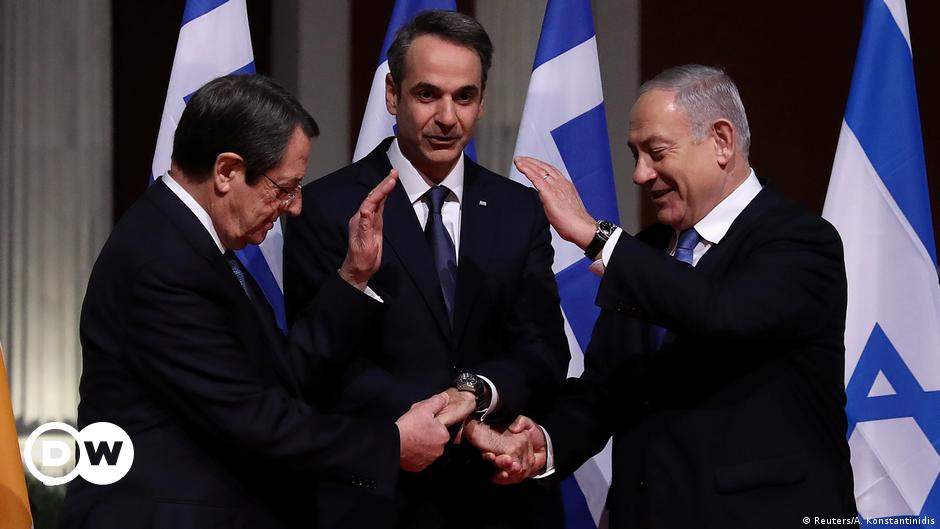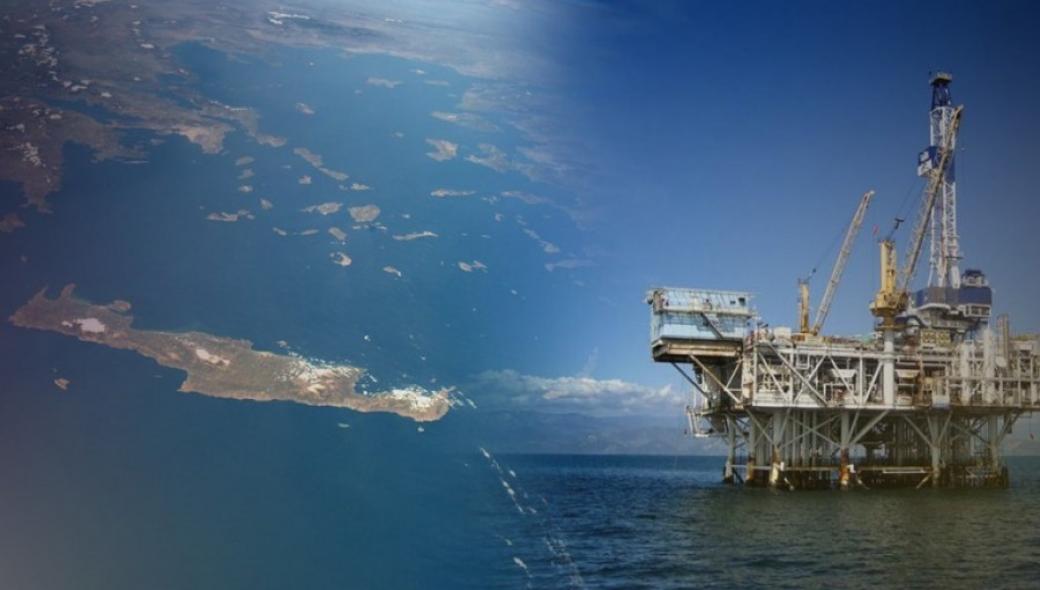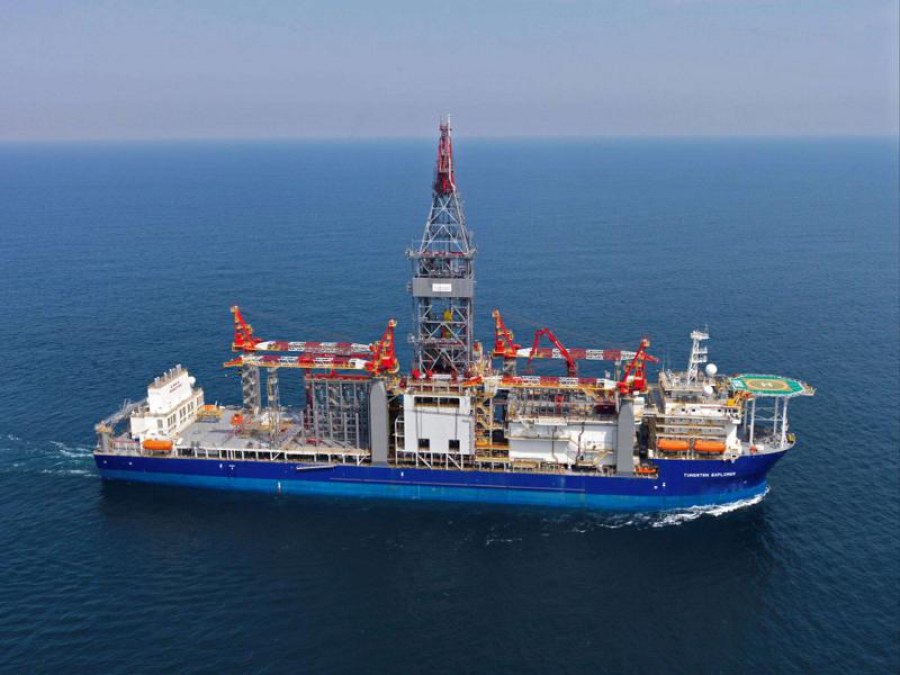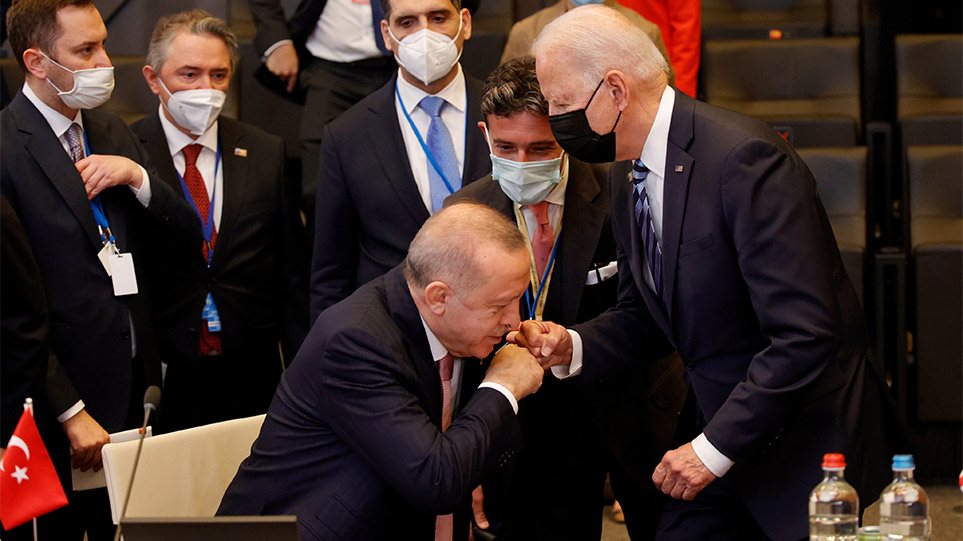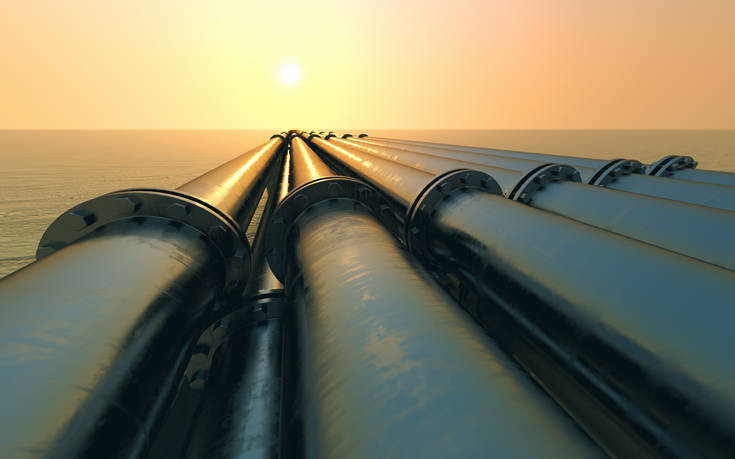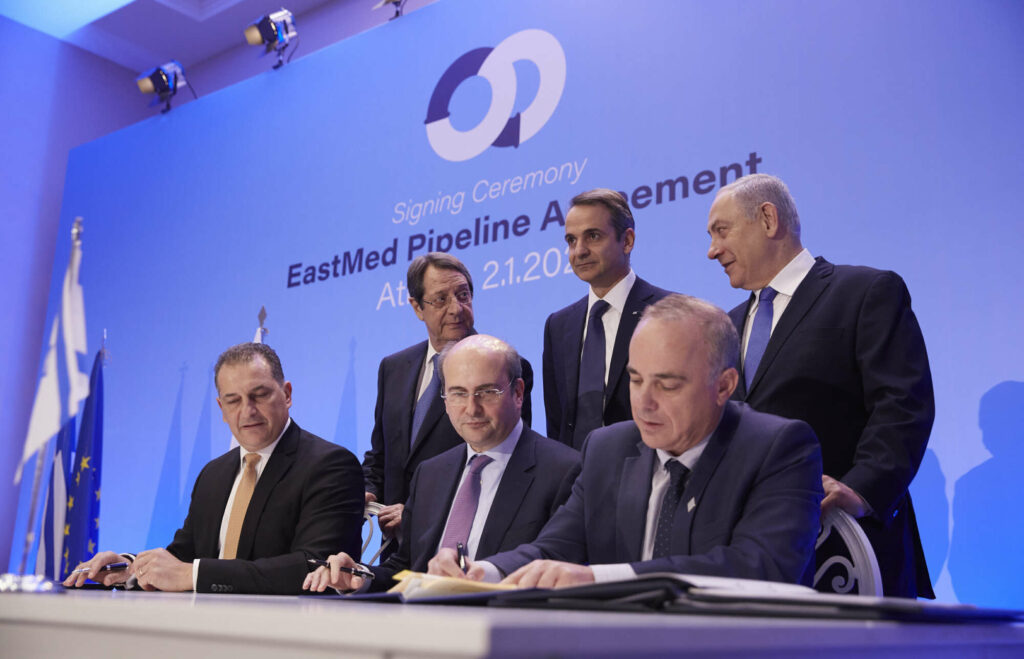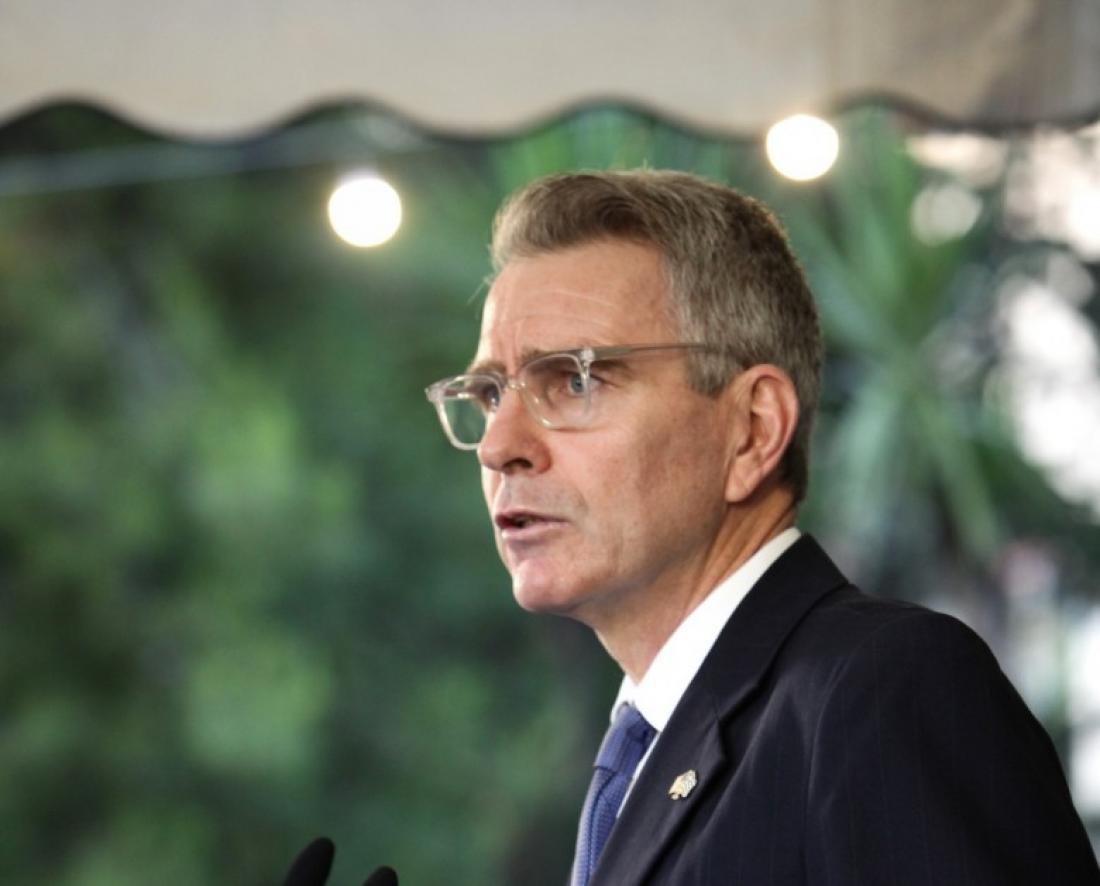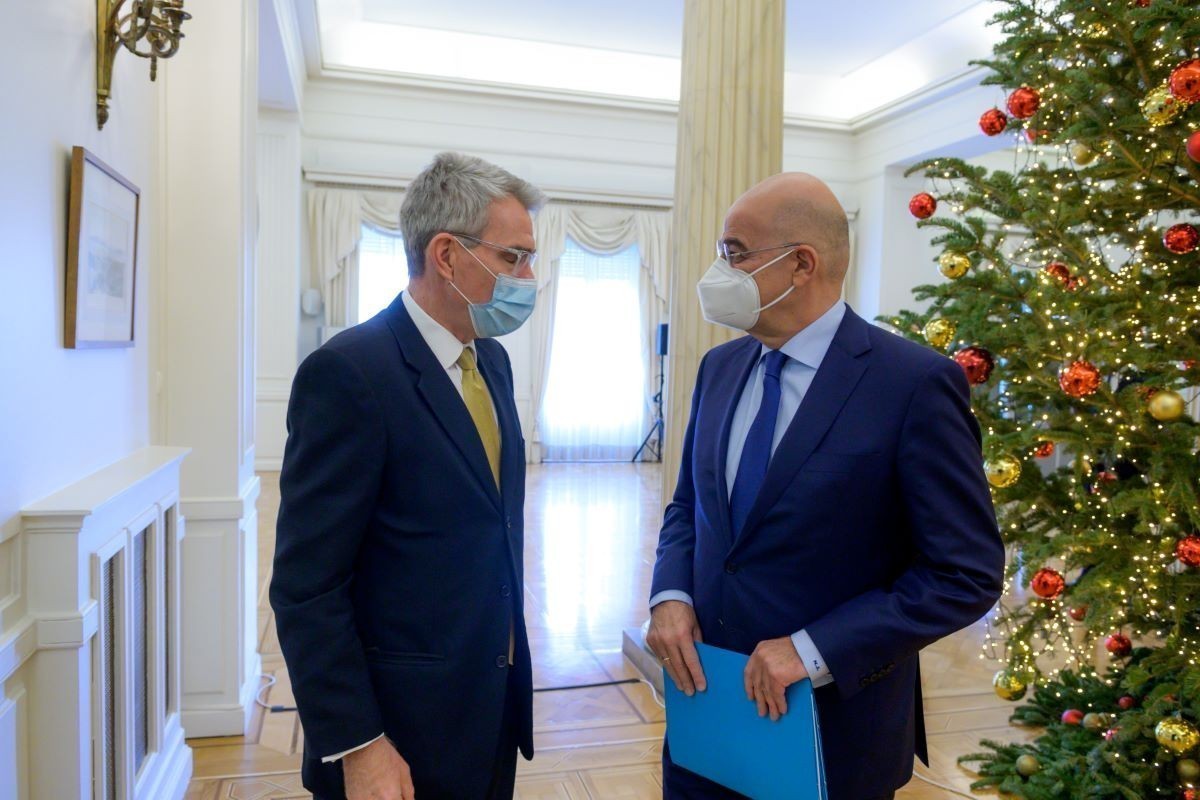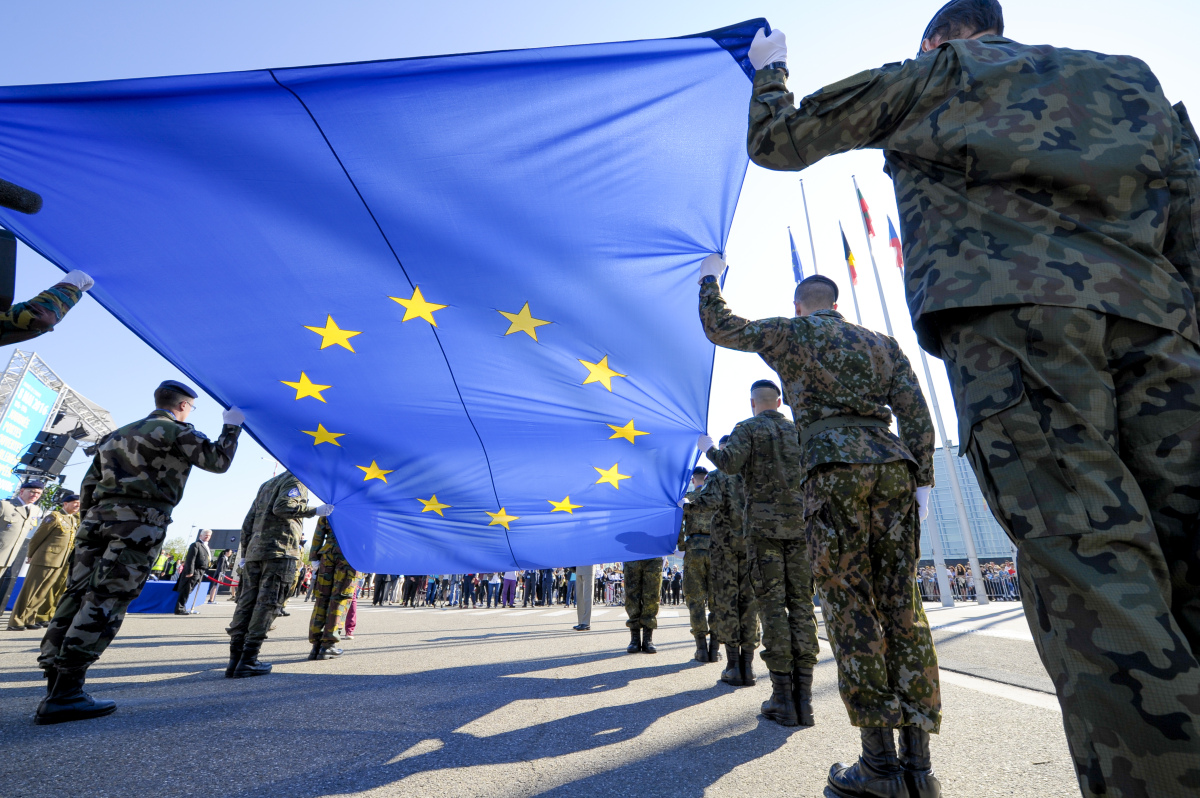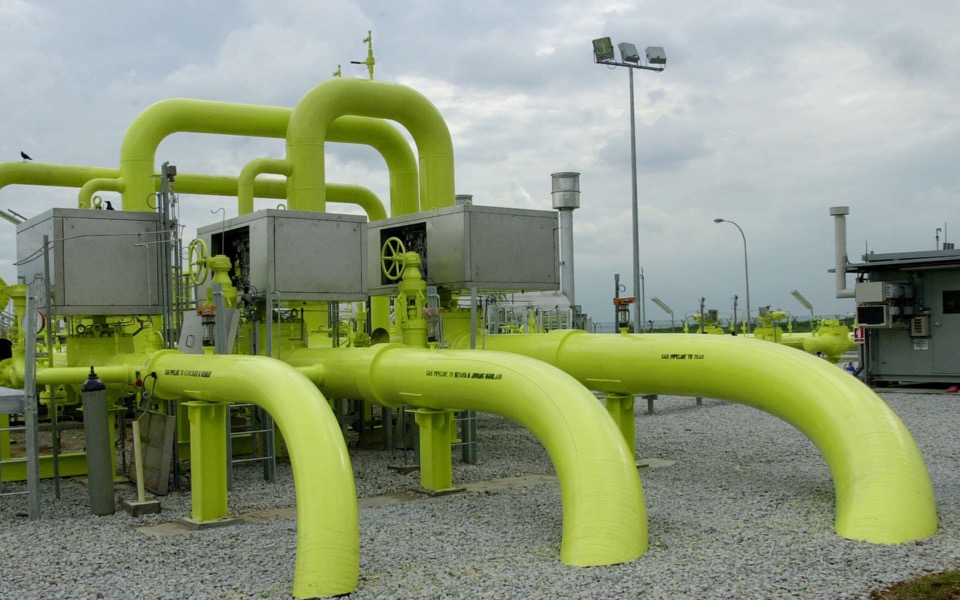EastMed pipeline:
The pipeline will connect the Leviathan (Israel) and Aphrodite(Cyprus) gas fields in the Eastern Mediterranean to Europe. The pipeline will begin in the Levantine Basin and make landfall in Cyprus, where a compressor station will be located. From Cyprus, the pipeline will continue west for approximately 700 km, reaching depths of 3 km, and make landfall in eastern Crete. The pipeline will have a length of approximately 1,900 km and have a capacity of 10 billion cubic meters per year. Construction of the pipeline is expected to cost approximately 6 billion € (6.86 billion $). A compressor station on Crete will enable the supply of natural gas to the island. From Crete, the pipeline will continue northwest and make landfall in the eastern Peloponnese, near the village of Agios Fokas. The pipeline will cross the Peloponnese in a NW direction, cross the Gulf of Patras, and continue along western mainland Greece, ending in the Thesprotia region. From there, the proposed Poseidon pipeline will connect to Italy. In the Mediterranean Sea the average depth reaches 1,500 meters and the maximum depth is 5,267 meters.
So far, the deepest point for oil and gas extraction is in the Gulf of Mexico and is a technological pioneer, while the installation of the pipeline lasted from 1995 to 2014, ie almost 20 years.

en.wikipedia.org

en.wikipedia.org
The oil and gas pipeline network in the U.S. Gulf of Mexico is the largest offshore pipeline network in the world, but construction cost statistics ar…

www.sciencedirect.com
Nord Stream 1 & 2:
The Nord Stream 1 gas pipeline reaches 1,222 kilometers while the Nord Stream 2 reaches 1,230 kilometers in the Baltic Sea where the average depth is 55 meters and the maximum depth is 459 meters. Both pipelines together will reach 110 billion cubic meters per year.
Nord Stream 1:
According to Gazprom, the costs of the onshore pipelines in Russia and Germany were around 6 billion €. The offshore section of the project cost 8.8 billion €.
Nord Stream 2:
The loan from Uniper, Wintershall Dea, OMV, Engie and Royal Dutch Shell covers 50% of the project costs of € 9.5 billion. The rest is being financed by Gazprom.

en.wikipedia.org

en.wikipedia.org
The United States is giving a final end to the construction of the EastMed pipeline, changing the data in the Eastern Mediterranean. With a non-paper of the State Department to the Greek government, with the formal recipient being the Secretary General of International Economic Relations and Extroversion of the Ministry of Foreign Affairs, Giannis Smyrlis, they announce the refusal of Washington to support this project. Identical non paper report information, has been sent to Israel, but also to Turkey.
End of an era
The Greek government had backed an entire mythology surrounding the EastMed pipeline which was a national narrative that included the plan to increase Greece's geopolitical influence. The pipeline would be an energy hub but also the reason for a historic alliance with Israel and Egypt. Greek foreign policy was based on the legitimacy of international law and mainly on the tripartite forms of cooperation with Cyprus, Egypt and Israel, (then the UAE), in order to show that the creation of an axis strengthens Greek politics and can limit or even isolate Turkey. And this view is disintegrating, so Greece will now have to restructure its policy in the Eastern Mediterranean, and if it wants to maintain the tripartite form, they must have a solid foundation. The constant declarations without strategic depth proved to be dead ends and were lost between Ankara and Washington.
What does the State Department officially say about the EastMed fiasco!
The State Department has taken a stand on the issue of EastMed and the non-paper with which the plan is buried, blowing up the Greece-Cyprus plans.
The representative of the US State Department, responding to the Hellenic Radio Television (ERT), said the following:
"At a time when Europe's energy security is - more than ever - a matter of national security, we are committed to deepening our regional relations and promoting clean energy technologies. The United States continues to strongly support regional efforts to strengthen and promote cooperation and regional stability, including the 3 + 1 mechanism involving the Republic of Cyprus (ROC), Greece, Israel and the United States. We remain committed to the natural connection of the energy of the Eastern Mediterranean with Europe. We are shifting our focus to electricity interconnections that can support both gas and renewable energy sources. We support projects such as the planned EuroAfrica interconnection from Egypt to Crete and mainland Greece, and the proposed EuroAsia interconnection for the connection of the electricity networks of Israel, Cyprus and Europe. Such projects will not only connect vital energy markets, but will also help prepare the region for the transition to clean energy."
The Greek news press is really outraged by this attitude of the USA. A well-known and remarkable Greek magazine that belongs to the defense press even in these critical hours is really trying to distort reality due to micropolitical expediency. At least the attitude of Flight and Space magazine in the following article shows this:
East Med Pipeline: We Decode American Non Paper for a Project Concerning Our Own Security
"The aim of the pipeline is to create a new source of supply that will benefit the European economy (except Germany, which supplies Russian gas through the Nord Stream 2 pipeline). The pipeline will pass through the EEZs of Cyprus, Greece and Egypt and of course their management is their issue. But why is the US talking about project viability? U.S. banks have invested heavily in U.S. gas, but it comes from fracking (the process of extracting gas from shale deposits). They have also invested heavily in ships carrying liquefied natural gas around the world and to Europe. So financing East Med and eventually implementing it would be essentially competitive with what they have invested. But East Med is a project that will be done with the support of the European Union. And a significant part of its funding will come from the EU and the European Investment Bank. In fact, in the face of the EU's annual investment budget, its costs are minimal. The approximately 10 billion that have been budgeted (or even more due to the technical difficulty of the project), is a funny size for the European data, spread over a depth of 5 years that its construction will last. So any "objection" of the USA can not substantially affect either the financing of the construction or the laying of the route ......"
Εδώ κι μέρες, έχουμε δίλημμα, για το αν θα πρέπει να γράψουμε κάτι για το θέμα του East Med. Ξέρετε, είναι πολύ εύκολο να “αγκαλιάσουμε” το “περί κοινού Δικαίου λαϊκό αίσθημα”. Ώστε να πούμε κι εμείς “περί Αμερικανικού πουλήματος”, περί “αδειάσματος της Αθήνας”, περί “χατιριών στην Τουρκία”...

www.ptisidiastima.com


 www.nsenergybusiness.com
www.nsenergybusiness.com




